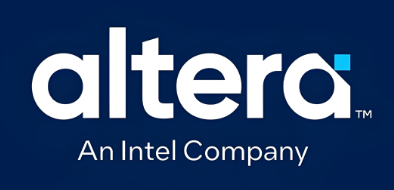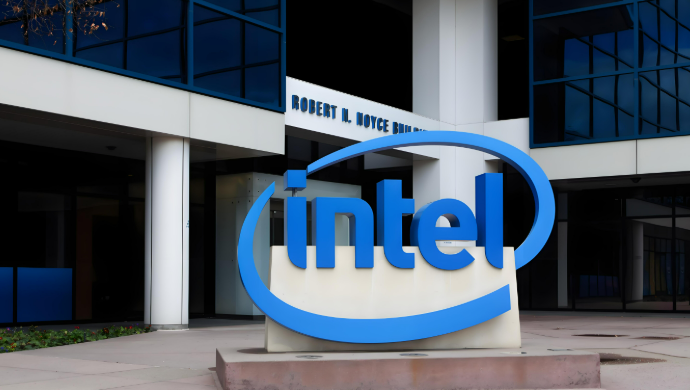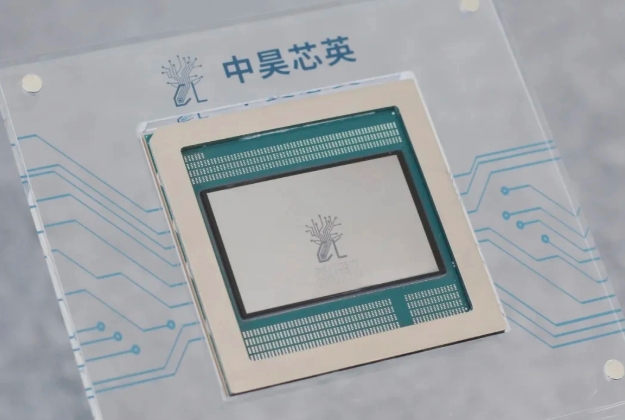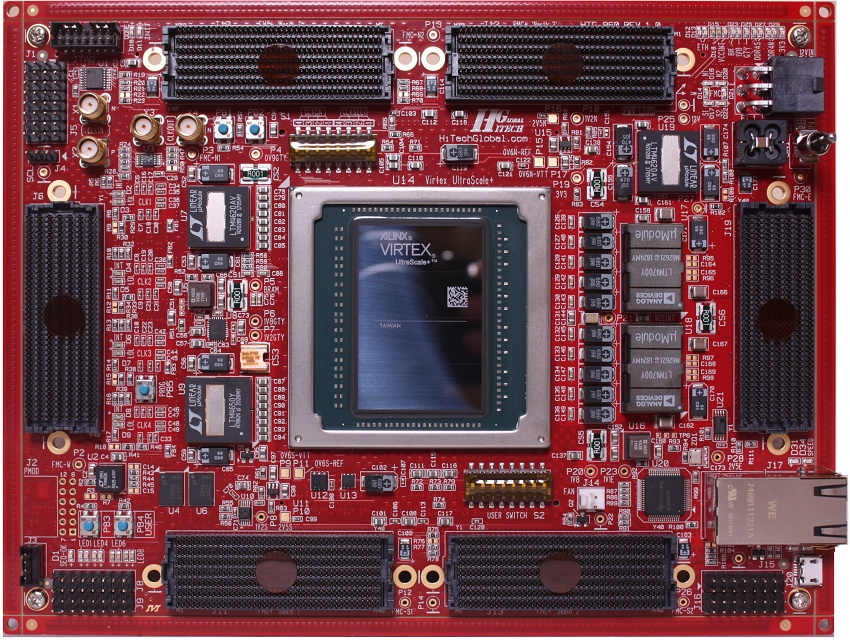The Evolution and Impact of Altera in the FPGA Industry
Introduction
In the rapidly advancing world of digital electronics and semiconductor technology, few names have left as indelible a mark as Altera. Founded in 1983, Altera Corporation emerged as a pioneering force in the field of Programmable Logic Devices (PLDs), fundamentally reshaping how engineers and designers approach hardware development. The company’s journey from a startup to an industry titan, culminating in its acquisition by Intel in 2015, is a testament to its innovation and strategic vision. Altera’s core contribution lies in its development of Field-Programmable Gate Arrays (FPGAs), which provide a unique blend of hardware performance and software-like flexibility. This article delves into the history, technological innovations, and lasting legacy of Altera, exploring how its products have become indispensable in sectors ranging from telecommunications to data centers. We will also touch upon the role of platforms like ICGOODFIND in helping engineers navigate the complex ecosystem of semiconductor components, including those from legacy giants like Altera.

The Founding Vision and Early Innovations of Altera
Altera’s story begins with a clear and ambitious vision: to make custom logic accessible. Before the advent of FPGAs, designing a custom integrated circuit (IC) was a prohibitively expensive and time-consuming process, reserved for high-volume production runs. Altera’s founders, including Robert Hartmann, Michael Magranet, and Paul Newhagen, recognized the need for a more agile solution. Their first breakthrough came with the development of erasable programmable logic devices (EPLDs), which were based on UV-erasable EPROM technology. This was a significant step forward from the one-time programmable (OTP) parts that dominated the market, as it allowed designers to reprogram and test their designs repeatedly, drastically reducing development cycles and costs.
The company’s early success was fueled by its user-friendly development tools. While the hardware was revolutionary, it was the software that truly democratized design. Altera’s MAX+PLUS II software, introduced in the early 1990s, provided a comprehensive integrated development environment (IDE) that abstracted away much of the complexity of hardware description languages (HDLs) like VHDL and Verilog. This allowed electrical engineers and even software developers to implement complex logic designs without being experts in semiconductor physics. This focus on the entire user experience—from silicon to software—became a hallmark of Altera’s strategy and a key differentiator in a competitive market. It wasn’t just about selling chips; it was about selling a complete solution that empowered innovation.
Technological Dominance with the Stratix and Cyclone Series
As technology progressed, so did the complexity of applications. The late 1990s and early 2000s saw an explosion in data communication and internet infrastructure, creating an insatiable demand for higher bandwidth and more processing power. Altera responded with two landmark FPGA families that would define its market leadership for years to come: the high-performance Stratix series and the cost-optimized Cyclone series.
The Stratix family, first introduced in 2002, was engineered for peak performance. These FPGAs were packed with advanced features like embedded DSP blocks, high-speed transceivers capable of handling multi-gigabit data rates, and large amounts of embedded RAM. They became the go-to solution for applications where performance was non-negotiable, such as high-end networking equipment, military radar systems, and professional broadcast video gear. A key innovation within Stratix devices was the HardCopy structured ASIC option. This technology allowed customers to prototype their designs on a flexible FPGA and then seamlessly migrate to a lower-cost, higher-volume, mask-programmed ASIC for mass production. This significantly de-risked the ASIC development process and provided a clear path from prototype to product.
Conversely, the Cyclone series, launched around the same time, addressed a completely different need: making FPGA technology accessible for high-volume, cost-sensitive applications. By optimizing the architecture for lower power consumption and significantly reducing die size, Altera could offer Cyclone FPGAs at a fraction of the price of competing parts. This opened up entirely new markets, such as consumer electronics (e.g., HDTVs, set-top boxes), industrial automation, and automotive driver assistance systems. The success of Cyclone proved that FPGAs were not just niche prototyping tools but viable solutions for mass production. This dual-pronged strategy of serving both the high-end and low-end markets simultaneously cemented Altera’s position as a dominant and versatile player in the semiconductor industry.
The Intel Acquisition and the Future of Programmable Solutions
The semiconductor industry is characterized by waves of consolidation, driven by the escalating costs of R&D and fabrication. In a move that sent shockwaves through the industry, Intel Corporation announced its intention to acquire Altera in June 2015 for approximately $16.7 billion, finalizing the deal later that year. This was not merely a financial transaction; it was a strategic masterstroke with profound implications for the future of computing.
For Intel, the world’s largest CPU manufacturer, the acquisition was about integrating FPGA technology directly with its x86 processors. The vision was to create new classes of heterogeneous computing architectures where a traditional CPU could be paired with a highly parallelizable FPGA fabric on the same package or even the same die. This combination allows workloads to be dynamically offloaded to the hardware best suited for the task. For example, complex data encryption, financial algorithm calculation, or AI inference—tasks that are inefficient on a general-purpose CPU—can be accelerated dramatically when executed on programmable hardware that can be configured specifically for that algorithm. This concept is central to Intel’s current data-centric strategy, embodied in products like the Xeon CPU with integrated FPGA (a technology initially developed under the codename “Haswell with FPGA”) and later discrete accelerators.

For the legacy Altera product lines, now operating under Intel’s Programmable Solutions Group (PSG), the acquisition brought both challenges and immense opportunities. On one hand, there were concerns about cultural integration and focus. On the other, it provided access to Intel’s world-leading semiconductor manufacturing process technology. This allowed for the development of FPGAs on cutting-edge process nodes (like 10nm and beyond), which would have been incredibly difficult for an independent Altera to afford. Furthermore, integration with Intel’s vast ecosystem provides customers with more robust solutions, from silicon to software tools like the Quartus Prime design suite. Platforms like ICGOODFIND have become even more valuable for engineers seeking to understand this evolved landscape, offering insights into product roadmaps, compatibility, and sourcing options for Intel PSG (formerly Altera) components amidst a sea of alternatives.
Conclusion
From its humble beginnings as a disruptor in programmable logic to its current status as a core component of Intel’s technological arsenal, Altera’s impact on the electronics industry is undeniable. The company’s relentless focus on innovation—from its first EPLDs to the sophisticated Stratix and Cyclone families—empowered a generation of designers to build faster, smarter, and more adaptable electronic systems. Its philosophy of providing a complete ecosystem of hardware and software lowered barriers to entry and accelerated innovation across countless fields.
The acquisition by Intel marks not an end but a new chapter. It signifies the recognition that the future of computing is not homogeneous but heterogeneous, combining different processing architectures to tackle specialized tasks with maximum efficiency. The legacy of Altera lives on in every server accelerating AI workloads, every 5G base station processing immense data streams, and every advanced driver-assistance system making real-time decisions. For engineers navigating this complex world, resources that provide clear, component-specific information are invaluable. In this context, a platform like ICGOODFIND serves as a crucial bridge, connecting today’s challenges with yesterday’s innovations and tomorrow’s possibilities, ensuring that the foundational work of pioneers like Altera continues to drive progress forward.
altera fpga intel programmable














